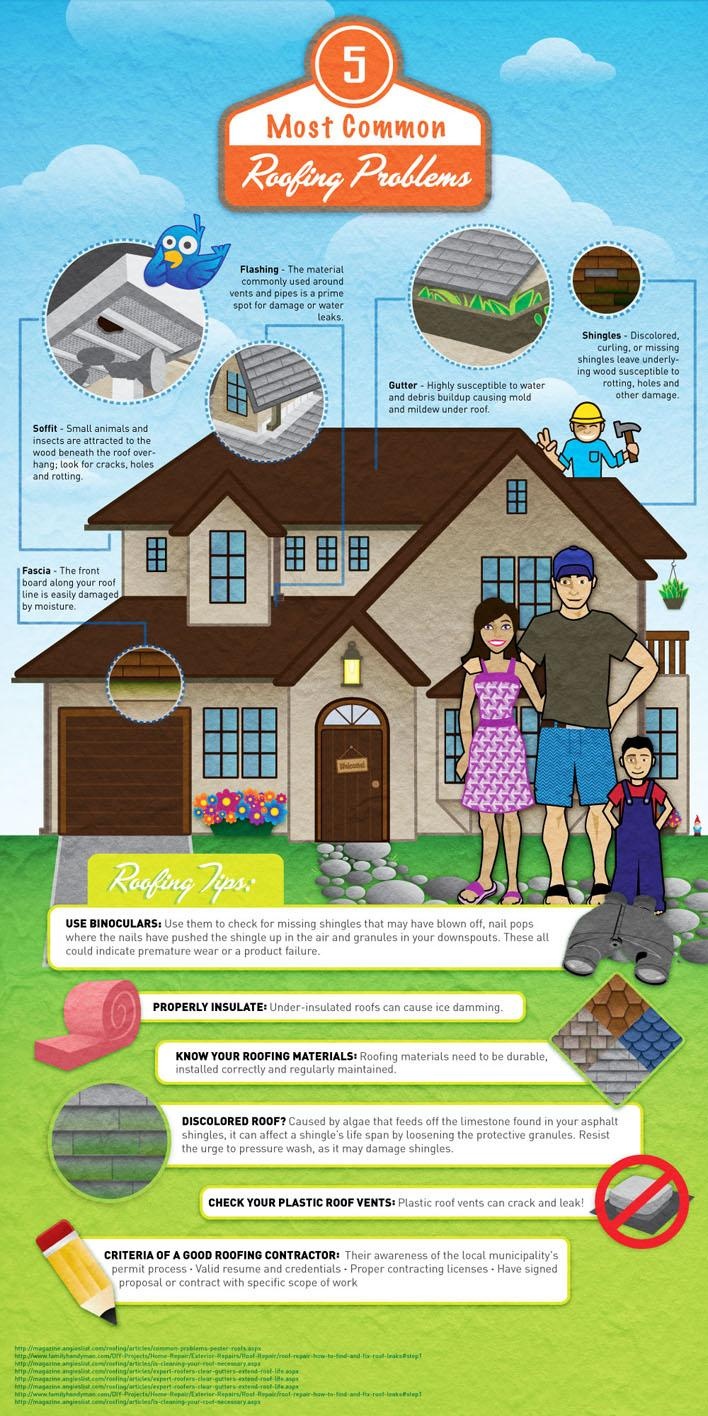Recognizing Climate'S Result On Roof Covering Setup: Key Seasons And Issues For An Effective Job
Recognizing Climate'S Result On Roof Covering Setup: Key Seasons And Issues For An Effective Job
Blog Article
Web Content Writer-Hartvigsen Oh
When it involves roofing installments, the climate can make or break the work. Visualize the disappointment of handling products that won't cooperate because of extreme warmth or battling unsafe surface areas caused by unanticipated rainfall. Recognizing the influence of weather conditions on your roof covering job is essential for an effective result. So, allow's check out just how various climate elements can influence the quality and resilience of your roof installation, making sure a job well done.
Influence of Temperature Level on Roof Installation
When it concerns roofing system installation, temperature level plays a critical role while doing so. The ideal temperature level for roof covering projects usually drops in between 45 and 85 degrees Fahrenheit. Severe heat can cause materials like tiles to become too pliable, leading to potential damages throughout installation. On the other hand, chilly temperatures can make materials breakable and prone to splitting. It's important to set up roofing installments throughout moderate temperatures to make sure the best end result.
Throughout chillier weather condition, service providers might need to take additional safety measures such as making use of warmed equipment or permitting products to warm up prior to installment.
On the other hand, hot weather might call for job to be done earlier or later in the day to avoid the peak temperature levels. By taking into consideration the temperature level and its results on roofing materials, you can aid ensure an effective installment that will endure the elements for several years to come.
Impact of Rainfall on Roof Covering Projects
Roof projects can be considerably impacted by rainfall, affecting both the timeline and the high quality of the installation. https://www.constructioncanada.net/designing-vegetated-roofs-to-survive-winter/ or snow can produce unsafe conditions, making it risky for roofers to work on a damp surface. Additionally, https://emergencyroofrepair52739.answerblogs.com/30092409/suggestions-for-seasonal-care-to-extend-the-longevity-of-your-roof can compromise the attachment of products like roof shingles or underlayment, bring about possible leakages or damages in the future.
If it rains throughout a roofing project, the water can leak into at risk locations, triggering delays as the installment crew must wait for the roofing system to completely dry before continuing. Excessive dampness can likewise promote the growth of mold and mildew and mildew, more threatening the integrity of the roofing.
To stay clear of these concerns, it's advised to schedule roof covering projects throughout drier periods or check the weather report carefully to plan about any possible rainstorms. By taking safety measures to work in beneficial weather conditions, you can guarantee a smoother and much more successful roofing installation process.
Influence of Wind Speed on Setup Success
During roofing system setup, the rate of the wind plays an essential duty in figuring out the success of the project. High wind speeds can position considerable challenges to roofing professionals, potentially causing security risks and quality problems. When wind rates surpass suggested limits, it comes to be tough to handle products, increasing the threat of mishaps and damages to the roofing products. Strong gusts can also influence the precision of measurements and the accuracy needed for proper setup.
To ensure https://roofinstallation62849.blogolenta.com/26790592/negating-typical-roof-covering-misconceptions-what-every-house-owner-demands-to-comprehend , it's vital to monitor and take into consideration wind speeds. Ideally, roof covering setup must take place on days with reduced to moderate wind speeds. This not only enhances the safety and security of the workers yet likewise enhances the overall top quality of the installation.
Roofing tasks scheduled during calm weather are more likely to be finished effectively and with fewer mistakes. By paying attention to wind rate forecasts and intending appropriately, you can aid make certain a smooth and successful roof covering installment process.
Conclusion
So, when it comes to roof covering setup, bear in mind to consider the weather conditions to guarantee a successful work. Ideal temperatures, completely dry problems, and modest wind speeds are essential variables to focus on for a smooth setup process. By scheduling your project during the best seasons and suitable climate condition, you can attain a durable and lasting roof that will shield your home for many years to find.
